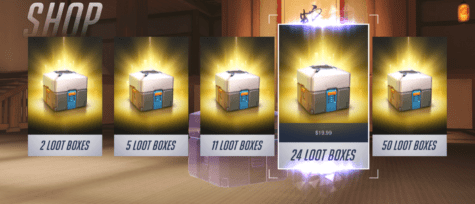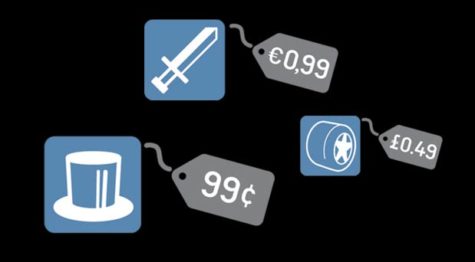The Basics of Microtransactions
January 26, 2018
Microtransactions have become a staple of modern gaming lately, and no matter what you play you’re bound to find at least one example of it unfortunately. From downloadable content (DLC), to rare materials, games today have found plenty of new ways to take your money for items that should have been included with a full purchase. After sitting through EA loot box issue, both of Bethesda’s paid mod scandals, and Destiny’s Eververse ™. I’ve decided to tell you my feelings on the subject.

The first controversial microtransaction I can think of would be in The Elder Scrolls IV: Oblivion by Bethesda (back again), with their horse armor DLC for 2 dollars. That might not seem like a lot, but consider this was for one horse in RPG game, with no way of earning it in game. This was ridiculous for a full priced game! But the reign of microtransactions has started weakening today. Lately, gamers have been fighting back against pay to win transactions in games, but only time will tell what the future of gaming holds in-game purchases.

The Elder Scrolls V: [Skyrim] is considered by many to be a masterpiece due to its content and depth. When Bethesda announced an updated version, many people were enamored with the idea of a graphic, intense, remastered Skyrim. Instead the launch of Skyrim: Special Edition was a buggy mess and caused Bethesda to lose money. At E3 2017 Bethesda announced their true intentions with “Creation Club”, an in-game store with paid mini-downloadable-content. The content in question was overpriced and insultingly small, which caused a storm of criticism, and started what I call ‘The War on Microtransactions’.
Microtransactions were already under fire before this. Next time I’ll be talking about how some companies have changed in their views on paying for content. In the meantime, I’m off to try my luck on my last loot box, or maybe just one more…
-Ethan Clark
























